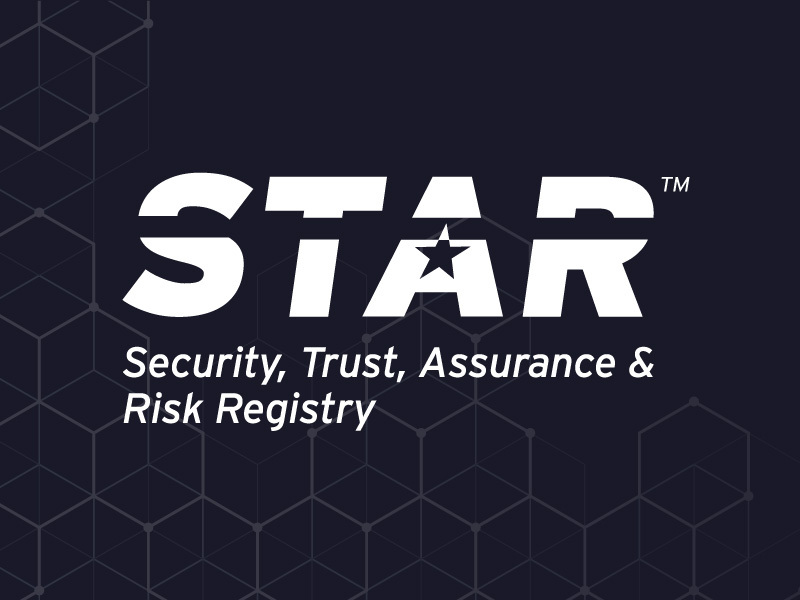Security Operations Center (SOC) for Cloud
Blog Article Published: 07/08/2022
-for-Cloud.jpg) Written by Prikshit Goel, VP, Cybersecurity & GRC Services, HCL Technologies.
Written by Prikshit Goel, VP, Cybersecurity & GRC Services, HCL Technologies.
Although cloud adoption means improved agility and flexibility for organizations, it has also led to increasing threats and challenges to data security. A Gartner survey revealed that 57% of board directors are preparing for greater risk to adapt to this change. As enterprises look towards greater and faster security for cloud and data, there is a greater focus on standardizing security practices in the development and deployment of cloud applications.
By deploying and integrating a Security Operations Center (SOC) for their cloud, organizations can ensure a high-level of security, gain continuous vigilance to their IT infrastructure, and respond and possibly recover from possible threats and challenges in real-time while maintaining compliance.
Mitigating key challenges
The growing number of remote workforces and the expanding corporate perimeter is driving the increased usage of cloud. This brings about new security challenges as endpoints move further away from the traditional perimeter of the office, increasing direct-to-net cloud traffic. It has become imperative that organizations protect their businesses on multiple levels.
Cloud SOC deployments can improve organizations' threat detection and protect sensitive data from malicious breaches and accidental exposure. This also controls shadow IT to reduce vulnerabilities. They enable user analytics by providing deep insights and visibility into the activities of users across multiple cloud applications. This is where Cloud SOC can help improve customer confidence and strengthen an organization’s compliance for industry and global privacy requirements as well.
Best practices and tools to successfully implement Cloud SOC
Cloud SOC requires specialized expertise. This includes a team of highly trained security experts, streamlined and standardized processes and specialized tools. For the effective implementation of Cloud SOC, there are a few best practices that need to be observed.
Cloud SOC teams need to maintain an exhaustive inventory of assets that need to be secured inside and outside of the cloud applications. This includes all the tools that are used to protect them such as firewalls, anti-ransom tools, etc. To maximize the effectiveness of these tools, they also must perform routine maintenance and preventative measures such as software patches and upgrades. They also must build and maintain security policies or procedures to ensure business continuity in the event of any data breach or incident.
The team is also required to perform regular Compliance testing and assess vulnerabilities. This helps to identify potential threats and calculate associated costs. They also need to perform penetration testing and, based on the results of these tests, the team fine-tunes applications, policies and processes, and incident response plans. Cloud SOC helps conform security policies and ensure compliance monitoring with data privacy regulations such as GDPR (Global Data Protection Regulation), ISO 27001x, Cybersecurity Framework (CSF), HIPAA (Health Insurance Portability and Accountability Act) and other security standards.
When it comes to the successful application of Cloud SOC, it also depends upon the tools that are used. Once the strategy has been defined, the infrastructure to support the strategy must be implemented. The primary function of Cloud SOC is to monitor the cloud environment of an organization 24/7, 365 days. Highly automated solutions such as Security Analytics along with SOAR capabilities has been the core monitoring, detection, and response technology for many Cloud SOC teams.
As cyberthreats are growing both in magnitude and sophistication, many organizations are also adopting Extended Detection and Response (XDR) technology for a more effective event log analysis and to enable a faster response to threat across endpoints, network, and the cloud environment. Information security monitoring and analytics also includes log management and its analysis, which helps to identify suspicious activities in the cloud. These solutions are not only highly automated but are also adaptive and agile to manage threats.
The way forward
While technology such as firewalls or IPS may prevent basic attacks, human analysis is required to address major incidents at the grass roots. Cloud SOC teams can improve an organization’s overall security posture by ensuring updated threat intelligence and integrating it across enterprise systems for more effective risk and compliance management.
For enterprises to remain secure and compliant in an era of rising cyberthreats, it pays to invest in cyber operation resources that ensure the security of your data and applications on the cloud. While every organization is different, a well-defined response plan is critical to manage the potential risks and damage from future threats.
Related Articles:
How to Audit Your Outdated Security Processes
Published: 04/16/2024
Cloud Relationships: Getting to Grips With the ‘Vendor of My Vendor’
Published: 04/15/2024
Evaluate the Security of Your Cloud Service Provider with the CSA STAR Registry
Published: 04/13/2024
Sealing Pandora's Box - The Urgent Need for Responsible AI Governance
Published: 04/12/2024






